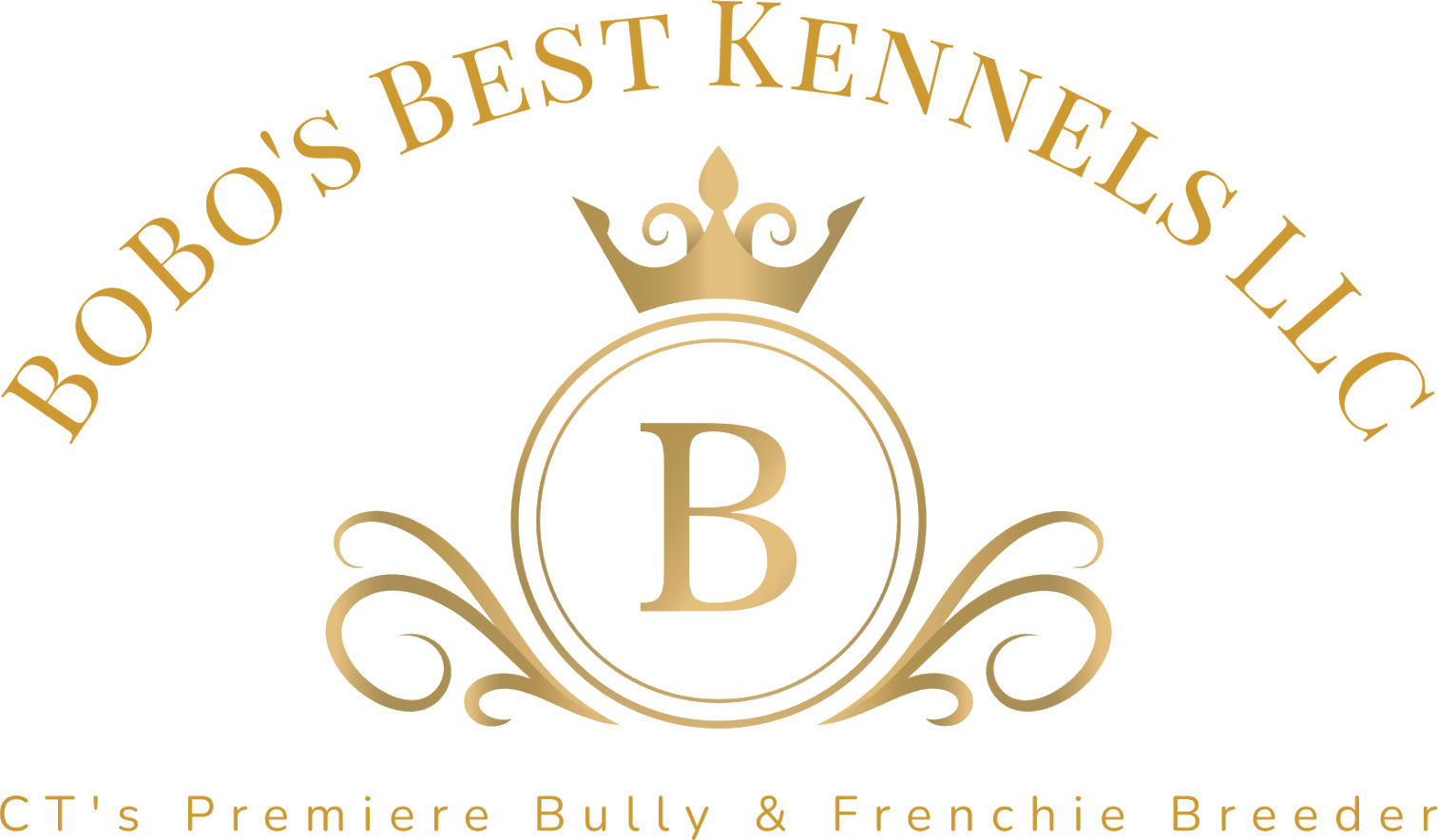As a dog owner, one of the first and most important tasks is house training your puppy. Although it can be challenging, ensuring your pup grows into a well-behaved adult is crucial. And don’t worry, even when accidents happen, and we’ve covered you with some great cleaning tips. Let’s dive in!
Understanding Dog Inbreeding
Inbreeding refers to mating closely related dogs, such as siblings or parents, to offspring. The main objective is typically to maintain or enhance specific desired traits within a breed. However, inbreeding can also lead to significant genetic risks.

The Dangers of Inbreeding
One of the primary dangers of inbreeding is the increased likelihood of inherited health problems. Each breed has specific genetic disorders that it’s prone to, and inbreeding can intensify these risks.
Inbreeding reduces genetic diversity, leading to a phenomenon called the “Inbreeding Depression.” This can manifest in various ways, including poor fertility, lower birth rate, shorter lifespan, and greater disease susceptibility.
Further, inbreeding may amplify temperament issues. It’s common to find inbred dogs exhibiting heightened nervousness, aggression, or other behavioral problems.
The Advantages of Inbreeding
While the drawbacks can be severe, inbreeding does offer a few advantages, primarily concerning predictability.
Inbreeding allows breeders to preserve certain desirable traits within a breed, contributing to breed uniformity. This consistency can be crucial, especially for show dogs where specific physical characteristics are preferred.
However, it’s crucial to note that the risks can quickly overshadow these advantages if inbreeding is not practiced responsibly
Responsible Inbreeding: Guidelines and Generations
Responsible inbreeding requires a profound understanding of canine genetics, meticulous recordkeeping, and a dedication to the betterment of the breed. Here are a few guidelines:
1. Know the Pedigree: A comprehensive understanding of a dog’s pedigree is essential. Familiarize yourself with at least five generations back to understand the genetic traits and potential issues that could arise.
2. Regular Health Checks: Regular and comprehensive health checks for breeding dogs are crucial. Genetic testing can identify potential hereditary diseases.
3. Work with a Geneticist or Experienced Breeder: Canine geneticists or experienced breeders can provide invaluable guidance on potential genetic outcomes.
4. Breeding Plan: A responsible breeder should have a long-term breeding plan. This plan should aim for healthier, genetically diverse offspring that still maintain the desirable traits of the breed.

When discussing generations, the COI (Coefficient of Inbreeding) is critical. It represents the probability that two alleles will be identical by descent. For instance, mating between parent-offspring or siblings (full inbreeding) has a COI of 25%. Responsible breeders often try to keep the COI lower than 5% to maintain genetic diversity, aiming for matings between individuals at least 4 to 5 generations apart.
Inbreeding, when practiced responsibly and selectively, can contribute to the betterment of a breed. However, it’s not a practice to be taken lightly. The health and well-being of the dogs should always be a breeder’s top priority, and outbreeding or linebreeding might be healthier alternatives.



